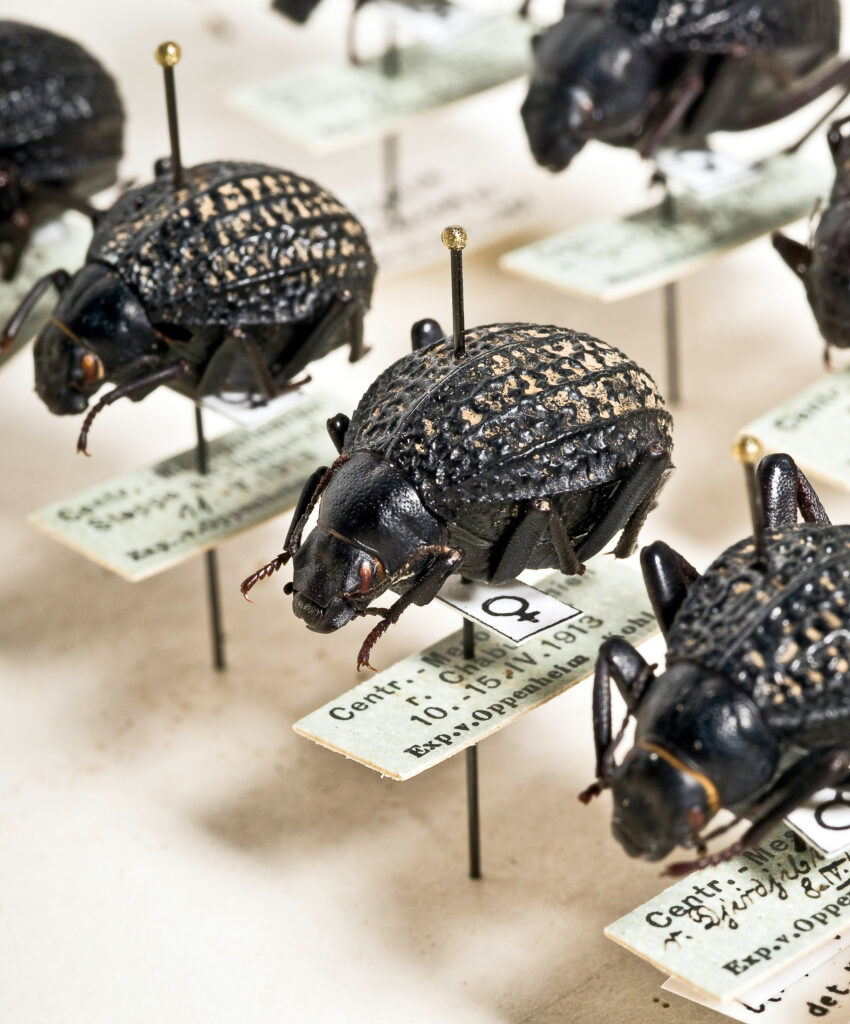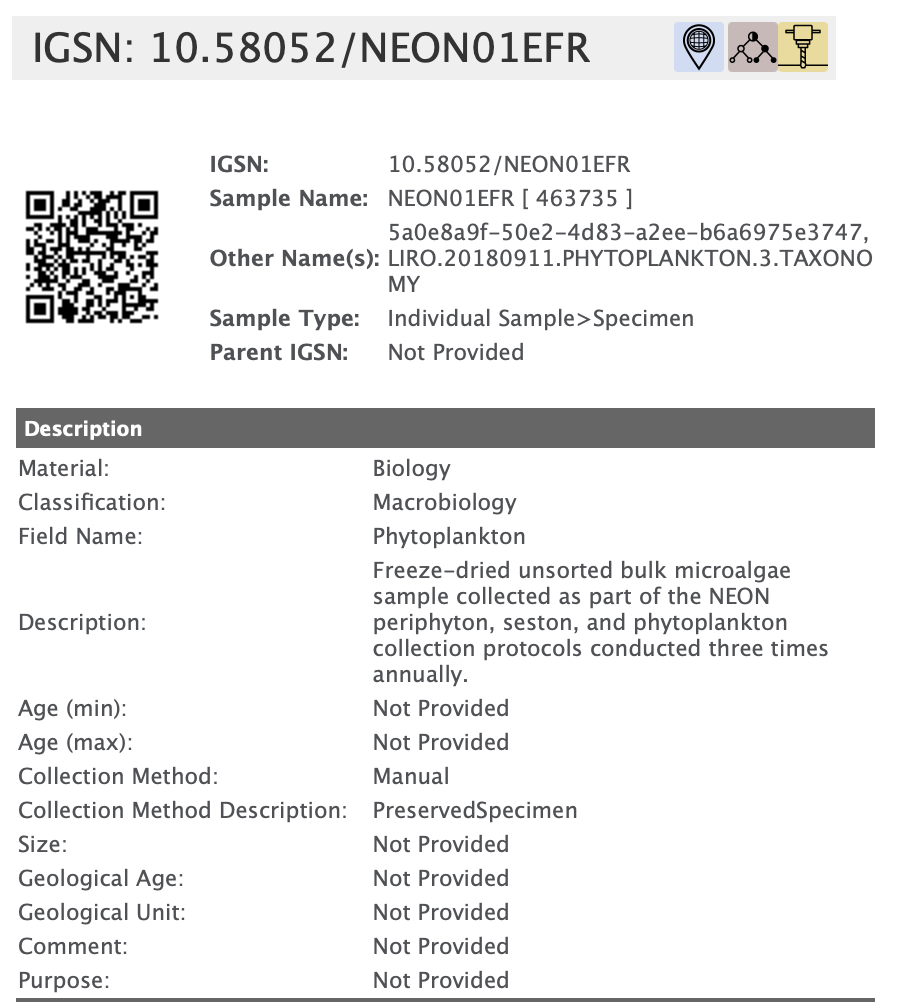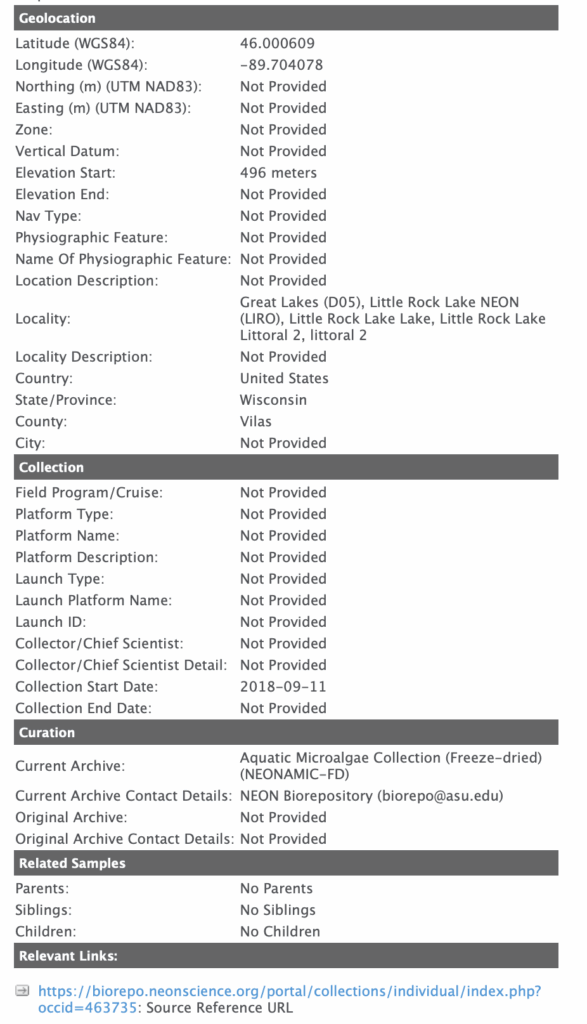Anyone dealing with Open Science and the FAIR principles will sooner or later encounter persistent identifiers, or PIDs. The first FAIR principle, findability, already refers to them: “(Meta)data are assigned a globally unique and persistent identifier” (Wilkinson et al. 2016). However, they also play an important role in accessibility (“(Meta)data are retrievable by their identifier using a standardised communications protocol”) and, implicitly, in interoperability (“(Meta)data include qualified references to other (meta)data”).

What are PID?
PIDs are alphanumeric digital codes assigned to a (digital) object. The codes are unique, refer to an object, and thus allow it to be referenced unambiguously and permanently. They are linked to descriptive metadata and are displayed as a URL or integrated into it. A resolver ensures that the PID still refers to the object even if the original URL changes. PIDs are thus a means of preventing link rot – at least as long as the institution maintains the landing page of the object and enters changes to the domain in the resolver. PIDs therefore ensure uniqueness and permanence (persistence) when citing and finding digital objects.
Among the best-known PIDs in the field of science are the Digital Object Identifier (DOI; for publications, data sets, but also events), the Open Researcher and Contributor ID (ORCID) for researchers, and the Research Organization Registry (ROR) for research institutions.
PIDs for Physical Objects
In the context of WiNoDa, an additional question arises: What about physical objects in natural history museums and collections or archaeozoological and archaeobotanical samples? PIDs also exist for these, but they are not yet well known or widely used. Two of them, the International Generic Sample Number (IGSN) and the Consortium of European Taxonomic Facilities Stable Identifier (CSI), are presented below. They offer the same advantages as the PIDs mentioned above: they make it possible to refer unambiguously to an individual object and to distinguish it from other similar objects. In addition to samples, the approach can also be applied to collection objects or biological specimens. Like other PIDs, PIDs for physical objects support referability and thus also findability. These are important conditions for the (mostly digital) reuse of objects, the creation of which was often associated with high costs. PIDs for physical objects also make it possible to explicitly represent relationships between different objects and with other research results (interoperability), for example as linked open data or a knowledge graph.
Challenges of PIDs for Physical Objects
The challenges are that physical objects are tied to a location (and can change locations), they can be divided up and analyzed separately, and the (digitally available) PID must be linked to the physical object and its digital representation. The PID must therefore be physically attached to the object or placed in close proximity to it.
A preliminary stage for PID for physical objects are the catalog numbers of the collection institutions. However, these are not always recorded digitally and are usually institution-specific. This means that they cannot usually be resolved outside the institution and cannot be adopted by other institutions. Accordingly, they are not interoperable, but require individual knowledge of the often contingent labeling and recording conventions of the respective collection-managing institutions. In addition, the underlying metadata schemas also vary. Each institution thus creates its own closed system of IDs.
Opportunities of PIDs for Physical Objects
PIDs for physical objects, on the other hand, function across institutions and use a uniform metadata schema. In the field of earth and human history, two are particularly relevant:
- International Generic Sample Number (IGSN): The IGSN is a PID for scientific samples that was developed in the geosciences but is now also used in archaeology and biology. The IGSN uniquely identifies a sample and links it to a landing page that presents the associated metadata. It can be used for a physical sample, for an aggregation of samples, or for the formation from which the sample was taken. Since IGSNs are integrated into the DOI system, IGSNs are represented as DOIs. Researchers in the geosciences can apply for IGSNs through their own institution if it is a member of the IGSN association. SESAR (System for Earth Sample Registration) offers an open registration: https://www.geosamples.org. IGSN use the Data Cite metadata schema with own recommendations for the fields: https://support.datacite.org/docs/igsn-id-metadata-recommendations. They can therefore also be searched via Data Cite Commons.
- Consortium of European Taxonomic Facilities Stable Identifier (CSI): CSIs uniquely identify biological specimens in collections and associated information resources. For humans, the CSI links to a landing page with a digital representation of the specimen. Machine-readable metadata is also provided. The CSI are created and maintained by the participating institutions from CETAF (as URI). Further information: https://dissco.tech/2020/05/28/natural-science-identifiers-cetaf-stable-identifiers/, https://doi.org/10.25504/FAIRsharing.a3d34f

Landing Page für IGSN 10.58052/NEON01EFR: Sample with microalgae. Under “Related Links” (right) there is a link to the entry in the repository of the National Ecological Observatory Network (NEON)

Citing PIDs for Physical Objects
Consistent citation is essential for documenting the use of physical objects and ensuring that they can be easily found. The requirements are similar to those for citing scientific publications. However, there are different conventions within individual disciplines. Where possible, you should therefore follow the practices of your own research community. The guidelines for authors compiled by Joan Damerow et al. (2025) provide a general overview. They describe a four-step process:
- Describe samples and objects with rich metadata about their key characteristics and collection context
- Assign or use identifiers (PIDs) for sample and objects, their digital representations and linked data
- Publish and cite datasets with sample or object PIDs
- Reference samples and objects in your papers using consistent formatting
It should be noted that the development and dissemination status of PIDs for physical objects is not yet at the level of more established PIDs such as DOI and ORCID. Nevertheless, it is an important step to use object-describing PIDs whenever possible. Especially in science, which relies on reuse according to the FAIR principles and Open Science in general, unambiguity, machine readability, and interoperability are important factors for quality assurance and research transparency.
References
Damerow, J., Raia, N., Stanley, V., Byers, N., Choe, S., Edmunds, R., Kunze, J., Lehnert, K., McIntyre-Redden, M., Mungall, C., O’Ryan, D., Parker, C., Plomp, E., Richard, S., Vieglais, D., Wood-Charlson, E., Cluster, E. P. S. C., Thomer, A., & Ramdeen, S. (2025). Publishing Open Research Using Physical Samples: Guidance for Authors. Earth Science Information Partners. https://doi.org/10.6084/M9.FIGSHARE.24669057.V3
Wilkinson, M. D., Dumontier, M., Aalbersberg, Ij. J., Appleton, G., Axton, M., Baak, A., Blomberg, N., Boiten, J.-W., Da Silva Santos, L. B., Bourne, P. E., Bouwman, J., Brookes, A. J., Clark, T., Crosas, M., Dillo, I., Dumon, O., Edmunds, S., Evelo, C. T., Finkers, R., … Mons, B. (2016). The FAIR Guiding Principles for scientific data management and stewardship. Scientific Data, 3(1), 160018. https://doi.org/10.1038/sdata.2016.18

Open-Access-Specialist at WiNoDa
ORCID: 0000-0002-5701-4820
